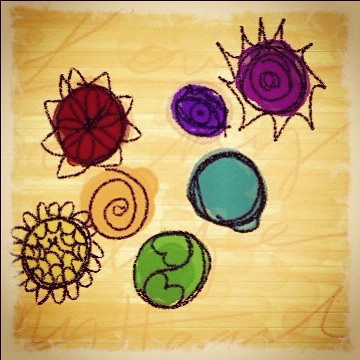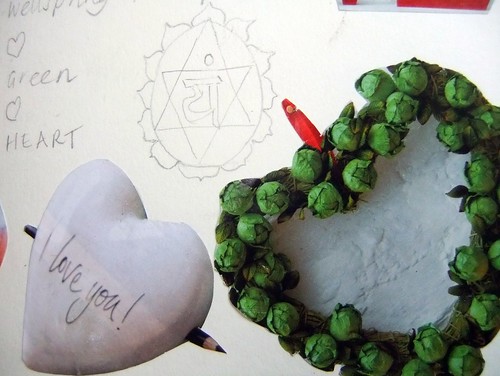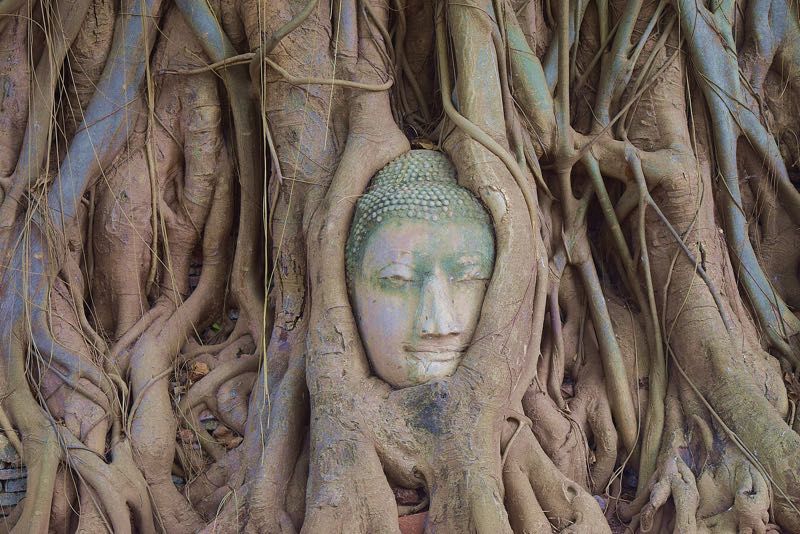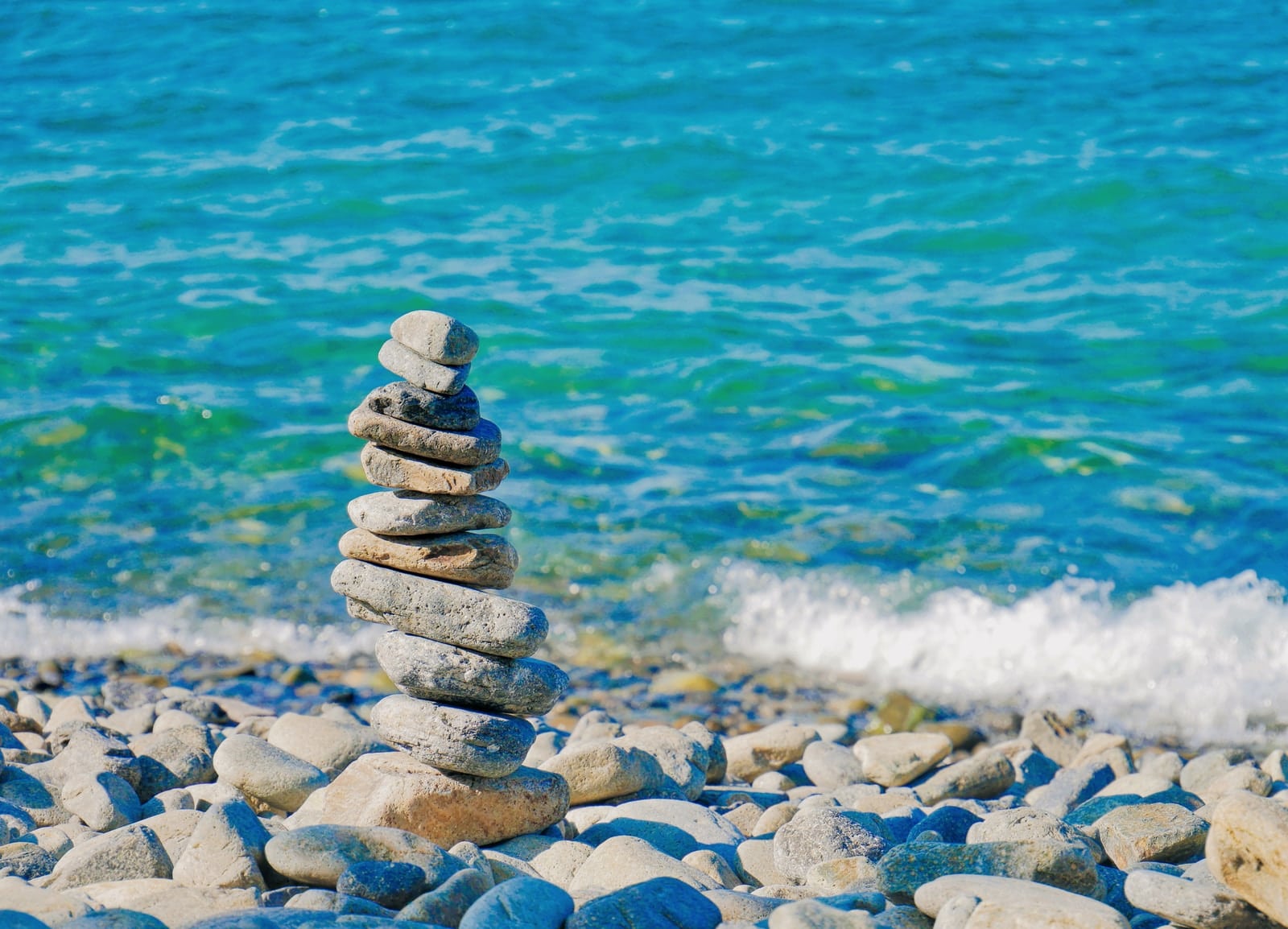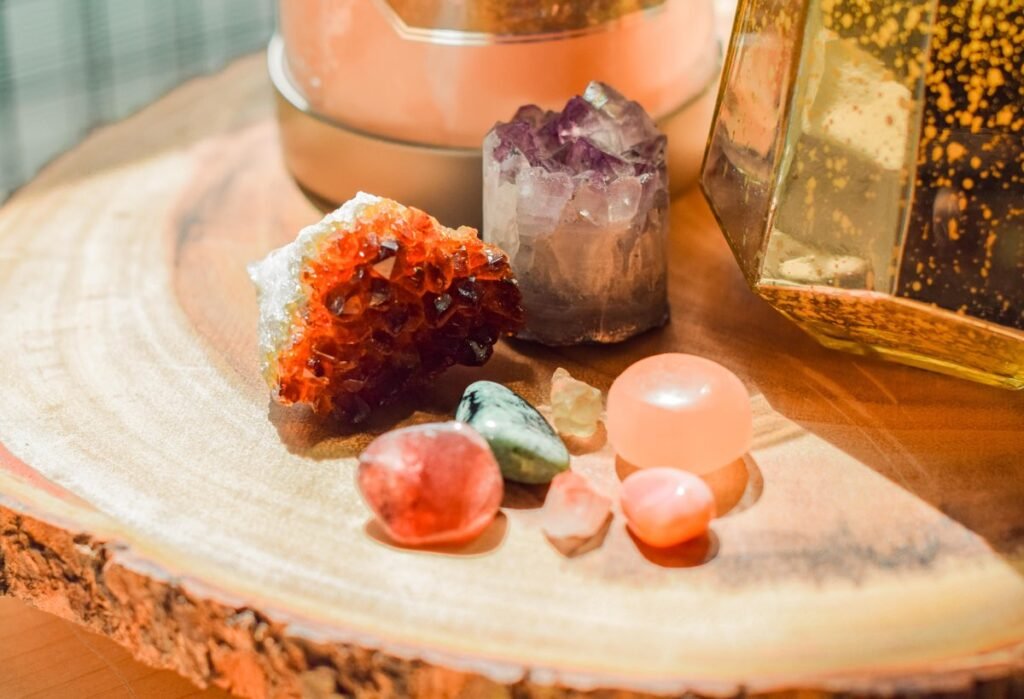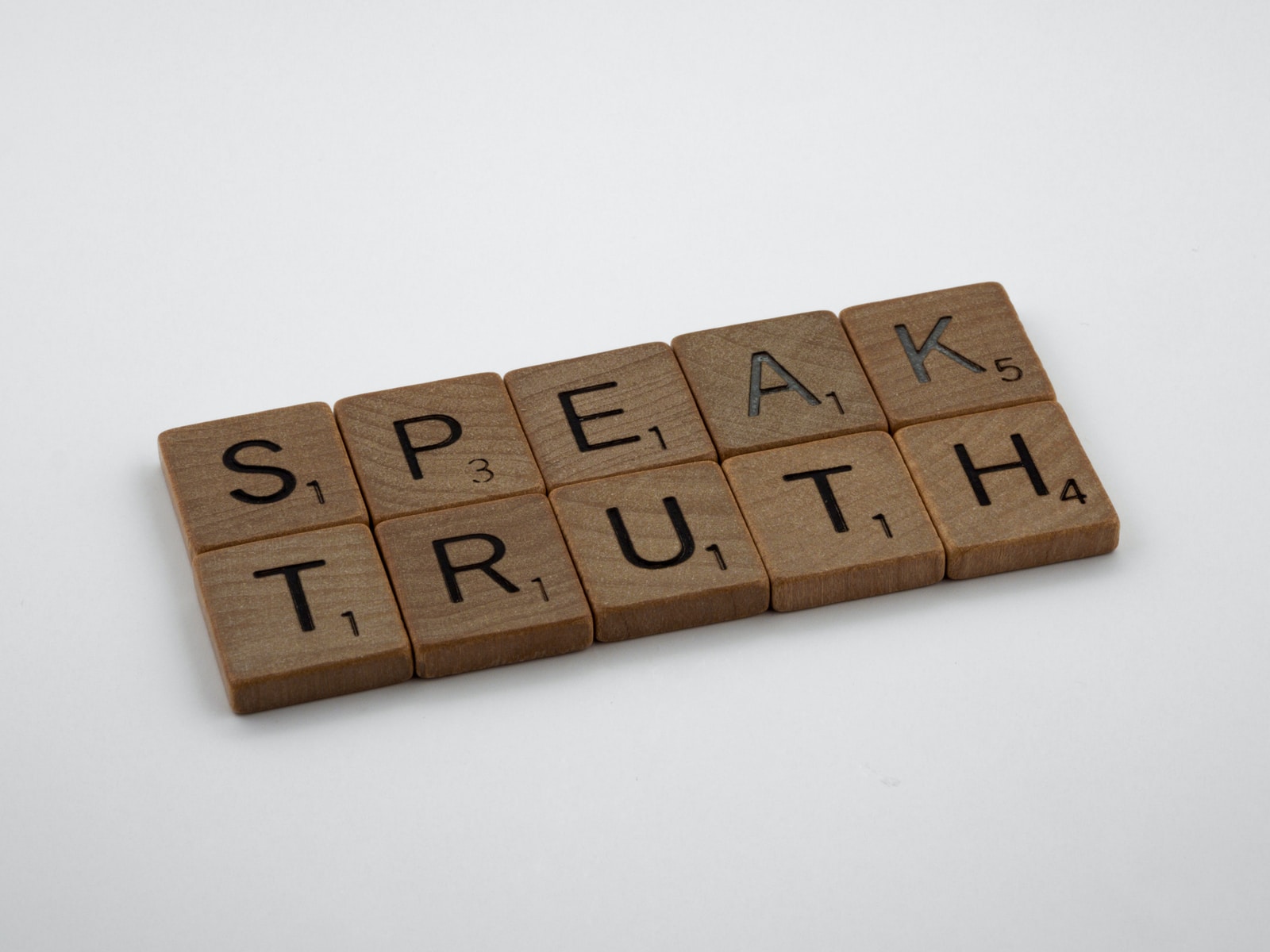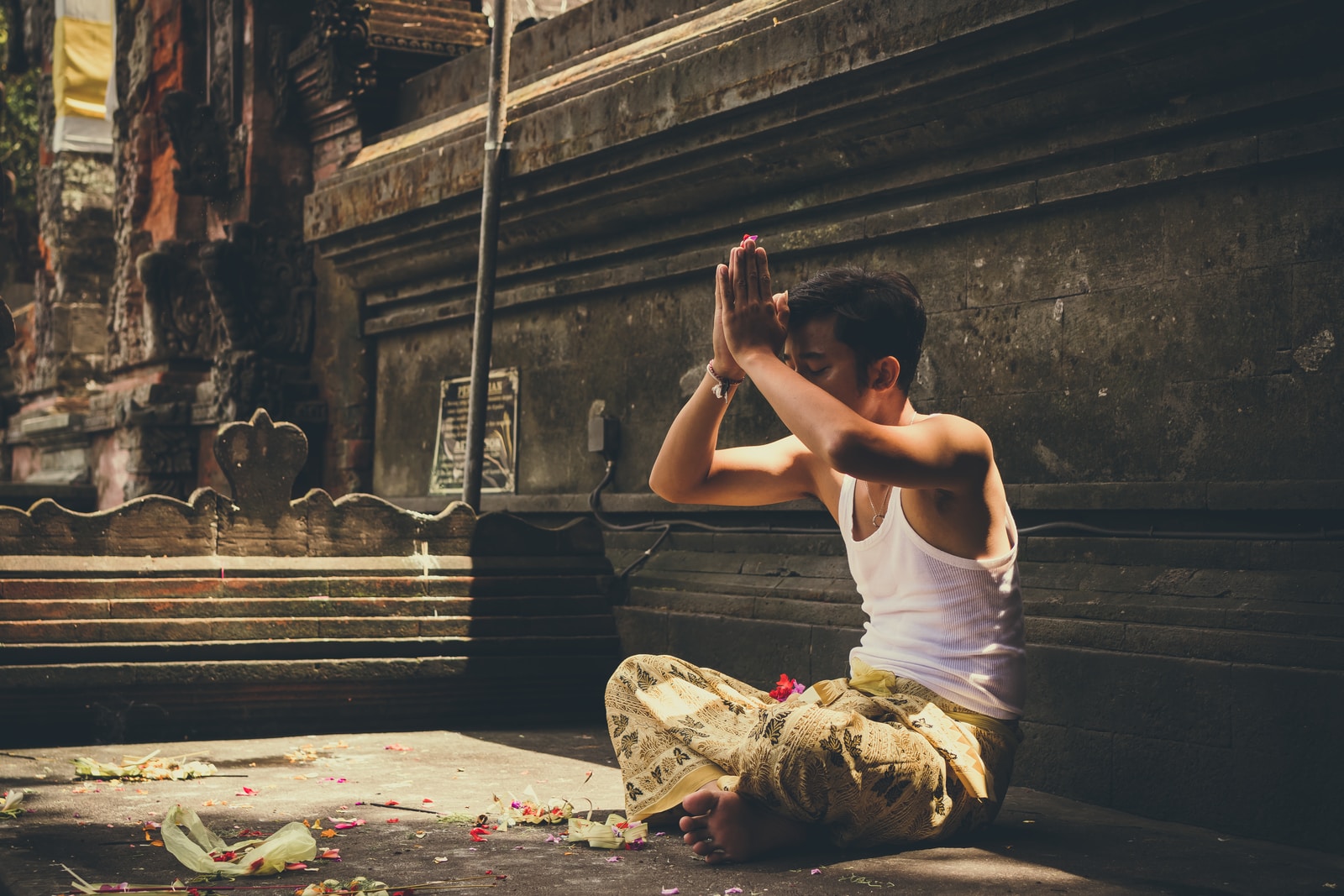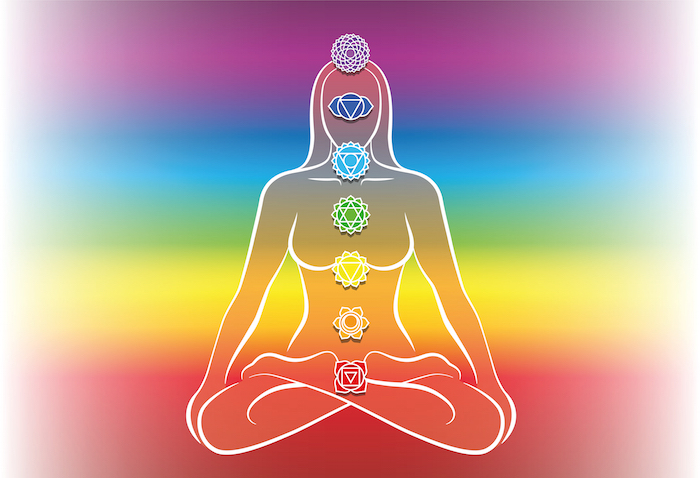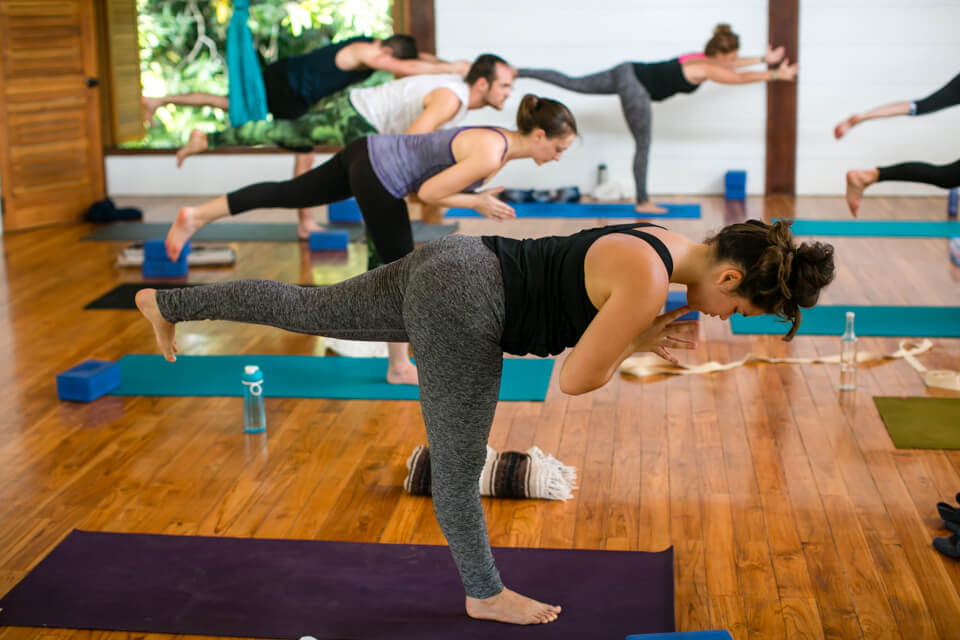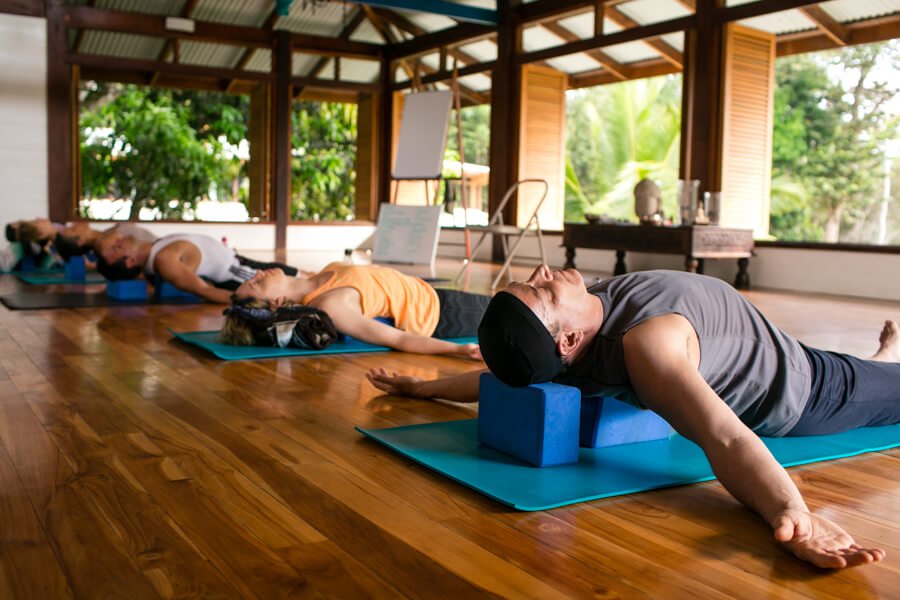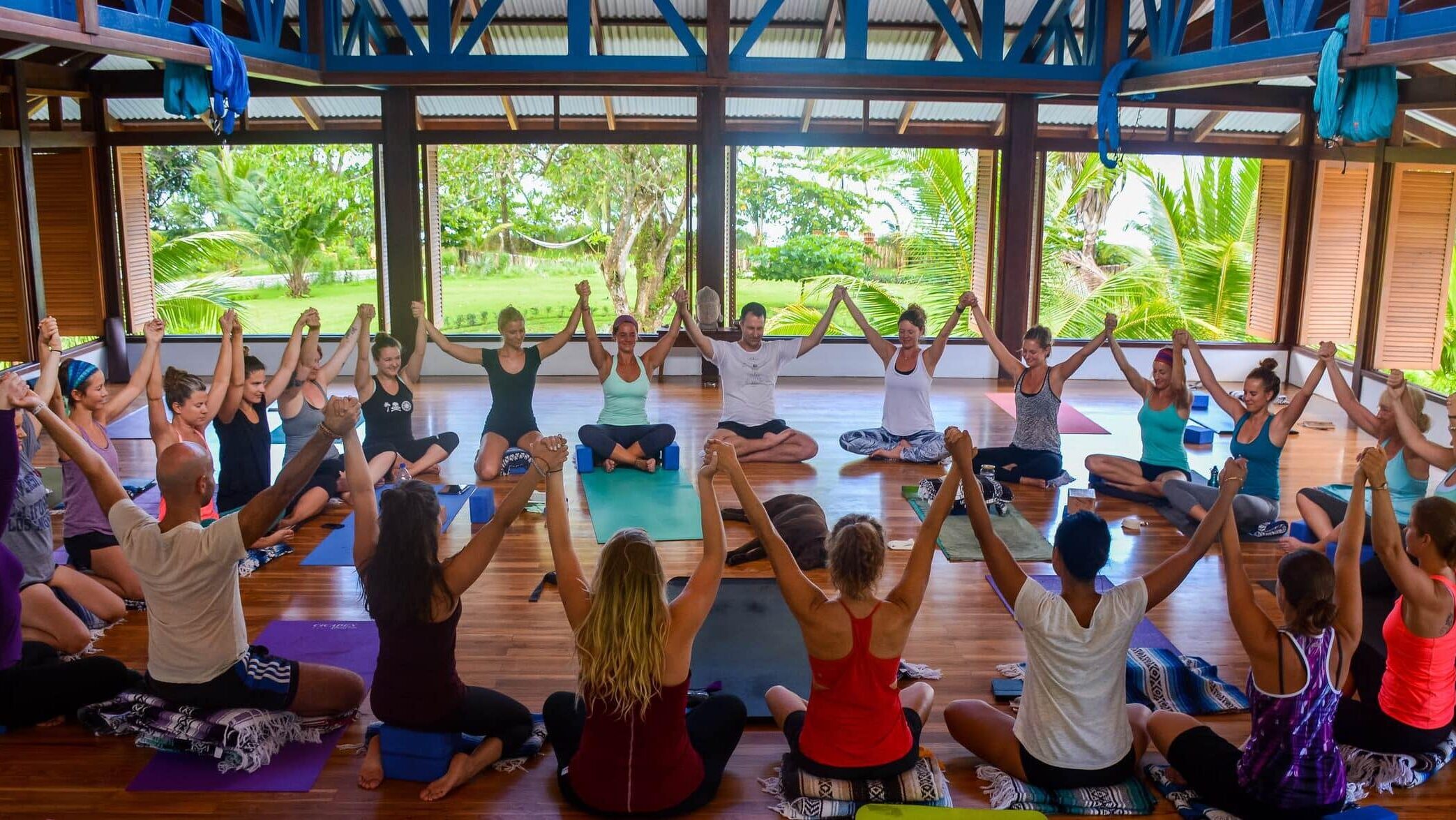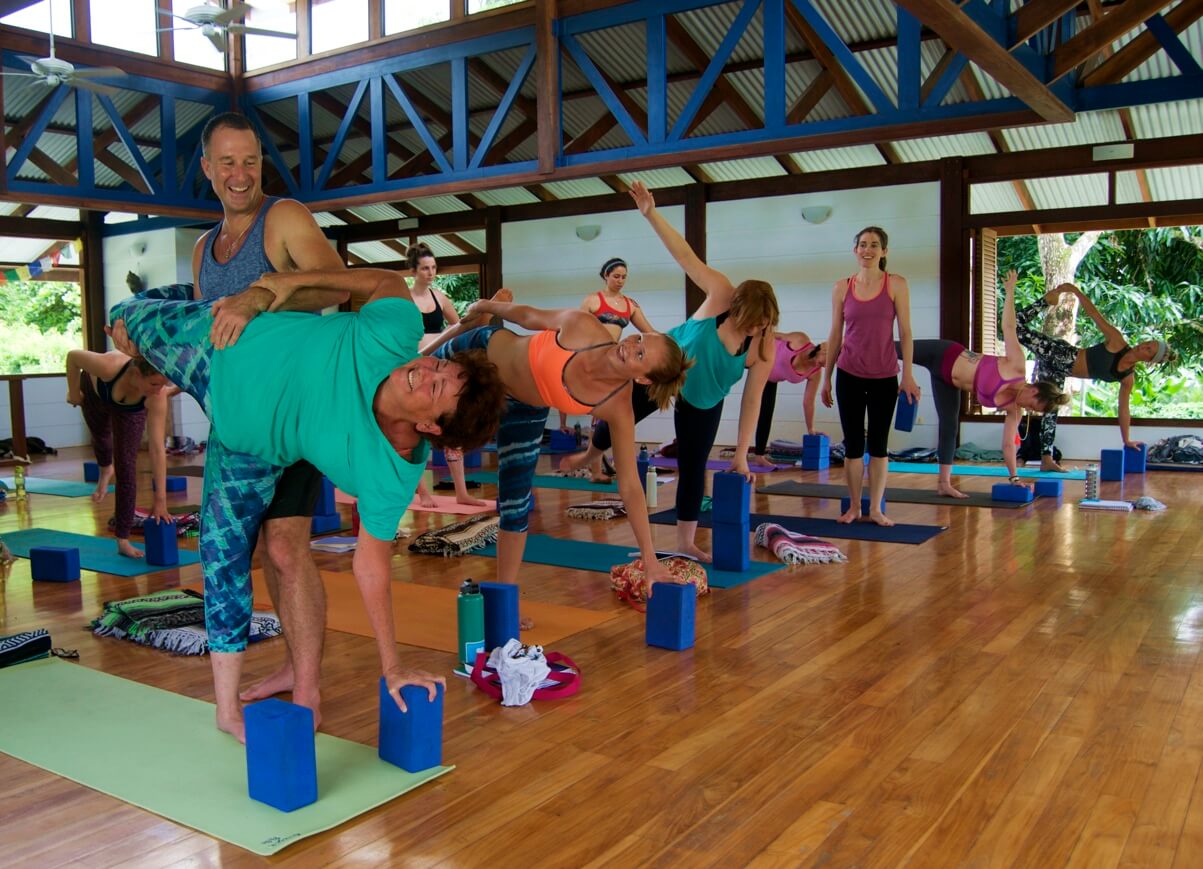In yoga, we talk about “aligning your chakras.” But what does that even mean? What happens if my chakras are not aligned? What should I even care?
What are the ckakras?
The chakras are energy centers of our body, which are an essential part of the body’s energy flow.
The Sanskrit word chakra means wheel, and in Hindi, it is the wheel of energy. We have seven major chakras in our bodies. (We have more, but they are minor ones.)
What makes a chakra special?
At each chakra point, several meridians, energetic pathways, intersect at one point. Those points are the chakras.
In human anatomy, we see that several nerves intersect at the points of these chakras as well.
A powerline called Sushumna Nadi connects the seven chakras because it runs along the spine. The spine is the passageway of consciousness.
The chakras connect from the top of the head to the base of the spine.
As everything in our bodies is moving: the blood, the nutrients, the oxygen, the prana. The human body needs to keep these chakras open for a healthy body, mind, and soul. Blockages and samskaras (emotional baggage buried deep down) can disrupt our chakras, disturbing the flow of energy.
Connecting + Aligning The Chakras
The chakras exist in the energetic body. However, these chakras influence our physical body.
The Chakras regulate the energy flow to our physical body through the meridians.
The 12 main energetic pathways are called nadis, or sometimes called meridians. These nadis correspond to our nervous system.
The chakras are connected, starting from the flow from the base-level self-identity root chakra through Sushumna to spirit-level awareness at the crown chakra.
Through active and balanced chakras, we naturally bring our body to its peak state. We can balance our physical body when we bring awareness and focus energy to the individual chakras.
Blockages in the chakras create problems
Mental and physical problems affect our chakras and may cause blockages. Stress and emotional experiences affect our chakras more than we like to think. The blocked energy flow of the Qi, Chi, or Prana unbalance our body and affect us emotionally, mentally, or can even cause physical illness.
How Many Chakras Are There + What Are They?
There are 7 chakras that run along the main energetic channel in our body. These chakras connect all aspects of our being.
Each chakra has 3 aspects to it.
- An element (consisting of earth, water, fire, air, space, mind, and spirit.)
- Consciousness
- Energy or prana
Here is a list of the 7 chakras and how to begin aligning each of them.
The root – Muladhara Chakra
Location: In perineum, base of spine, in the pelvic floor.
Color: Red
Symbol: Four-petaled lotus with a lingam, a symbol of creative potency, inside a square.
Element: Earth
Represents: Grounding, rooted, safe, stability, physical well being
Optimal function: feeling of a safe and secure life, connected, worthy of all wonderful things.
When the chakra is not balanced: worried about money and work and future. Focused on material possessions. Rise of instinctive urges of hunger, sex and sleep, paranoia, fear, procrastination and defensiveness.
Association: Legs, feet, bones, large intestine, and adrenal gland.
Yoga Postures to open the chakra: Yamas and niyamas, lotus.
Our spiritual journey in the universe of the body is to awaken this divine potential (kundalini) and unite her with the infinite at the crown of the head.
The pelvic – Svadishthana Chakra
Location: Sacrarium
Color: Orange
Symbol: Six-petaled lotus
Element: Water
Represents: Creativity, sex and ability to accept new relationships and situations in life.
Optimal function: Feeling of pleasurable, creative, ability to enjoy sex, easiness of expressing emotions, and connecting with others.
When the chakra is not balanced: Unable to enjoy life and sex. Not able to handle emotions and feelings. Suppressing natural needs. Cravings, attachments, and additions.
Association: Abdomen, kidneys, bladder, circulatory system, and your reproductive organs and glands. Governs taste and reproduction, desire and pleasure.
Yoga Postures to open the chakra: Yamas and Niyamas to manage the strong pleasure drives desires.
Baddhakonasana, Gomukasana.
Svadishthana, meaning “her own abode” indicates kundalini and awakening the kundalini power from her slumber from Muladhara to reside in Svadishthana. The divine desire is awakened and no longer governed by personal likes and dislikes but reflects the deepest level of being.
The solar plexus – Manipura Chakra
Location: Few inches above navel, in the solar plexus area.
Color: Yellow
Symbol: Eight-petaled lotus
Element: Fire
Represents: Self-esteem, courage, enthusiasm, vitality and glowing good health.
Optimal function: This is the center for emotional life. Feeling of personal power, laughter, joy and anger.
When the chakra is not balanced:: Blocked Manipura manifests in anger, lack of direction, vulnerability, and sense of victimization. Issues with aggression, power, and ego-identity. Association: Lumbar spine, digestive system, muscles, pancreas, and adrenals. Also regulates eyesight and locomotion. Sensitivity, ambition, and the ability to achieve in life are stored in Manipura.
Yoga posture to open the chakra: Pranayama breathing will improve digestion. Pranayama—improves digestion and mobilizes healing energy throughout the other systems of the body.
The heart – Anahata Chakra
Location: Heart center
Color: Green (Pink)
Symbol: Ten- petaled lotus with The Star of David
Element: Air
Represents: Compassion, connectedness, unconditional love.
Optimal function: This is the center of love, compassion, harmony, and peace—the house of the soul.
Out of balance: Blocked Anahata affects our immune system, creates heart and lung problems. It also manifests as inhumanity, lack of compassion. Manipulation and feelings of abandonment, isolation, and despair. Allergies, and Asthma.
Association: Thoracic spine and the sense of touch.
Yoga Postures to open the chakra: Pranayama and breath work to enhance and quiet the heart.
Supta vjrasana, Matsyasana.
Anahata, the heart center is the intersection of lower and upper chakras. The heart chakra is the location of unconditional love.
Manipura into the sexual center in the base chakras, where the strong feelings of attraction are released in the form of desire. When the energy of desire settles into the root chakra or Muladhara, then we experience the urge to settle down.
The throat – Vishudda Chakra
Location: Heart center
Color: Blue or Turquoise
Symbol: 16-petaled lotus, one petal for each of the 16 vowels of the Sanskrit alphabet.
Element: Ether
Represents: Communication, creativity, self-expression, judgment. Connection to the divine.
When the Chakra is open and balanced: Inspiring ideas, inner healing, transformation, and purification. The feeling of being heard can articulate ideas, thoughts, and feelings. Can listen to the inner voice and enjoy both silence and expression.
When the chakra is not balanced: Blocked vishudda causes a sore throat, mouth ulcers,
scoliosis, swollen glands, thyroid dysfunctions, voice problems, gum or tooth problems, and Asthma. Challenges in making decisions and lack of authority. Unable to speak one’s mind. Afraid of silence.
Association: Cervical spine, voice box, thyroid, speech, taste, smell, and hearing. parathyroid endocrine glands, which regulate the metabolism.
Yoga Postures to open the chakra: Lion Breath, Halasana, Sarvangasana.
The third eye – Ajna Chakra
Location: Center of forehead, at eye level in-between brows
Color: Indigo, purple
Element: Ether
Represents: Intuition, inner vision, and wisdom. Questioning the spiritual nature of life. Perception of knowing.
When the chakra is open and balanced: Cosmic vision, seeing things without the filter of past, expectations, or judgment. Ability to make decisions and find confidence in decision-making.
When the chakra is not balanced: Blocked Ajna manifest as problems as lack of foresight, mental rigidity, selective memory and depression. Locked Ajna causes mental confusion, headaches, migraines, dizziness. Challenges making decisions. Challenges seeing other points of view .
Association: Throat, taste, smell, and hearing.
Yoga Postures to open the chakra: Drihsty, Adho Mukha Svanasana, Balasana. Relaxation and meditation practices use Ajna to consciously connect beyond physical awareness.
The Ajna chakra is responsible for our dreams in this life and recollects the memories and reflections of our life. The third eye regulates growth and development at every level through the brain centers and the pituitary gland. The two lower chakras of Muladhara and Svadishthana operate as the opposing force for the Ajna. These lower and higher chakras come together at Ajna, opening the mind to stillness. Through the integration of the chakras and of intellect and feeling, Ajna is the gateway to profound self-knowledge and intuition.
The Crown – Sahasrara
Location: Crown, top of head
Color: White / Prisma
Symbol: Thousand pedal lotus
Element: Ether
Represents: Divine purpose and personal destiny.
When the chakra is open and balance: The Crown chakra divinely protected and guided, I am at peace. Connection to the universe and Spiritual vision. Everything in life is working for me, the world is beautiful. You become the reflection of the divine.
When the chakra is not balanced: Blockages manifest as psychological problems. The brain is full of thoughts and not able to switch off, disconnected from the world around you. Not able to let go of fear. Blockages result in depression, confusion
Association: Cerebral cortex, central nervous system. Concerned with information, understanding, acceptance, and bliss.
Yoga Postures to open the chakra: Sirsasana, Paschimottanasana.
Sahasrara is the connection point to enlightenment.
Yoga and chakras
Yoga means the union of mind, body and soul. Yoga practice is to balance our body and prepare for concentrated mind and meditation. Yoga poses, asanas are to open these chakras and to boost the energy flow of the body. By practicing yoga we accelerate the energy in the chakras, opening and controlling the breath, pranayama, the control of life force.
As your yoga practice is a connection of asanas and prana, the breath and its life force have a balancing effect on our body. In yoga we say that each Asana is a pearl in a necklace and prana, the breath the life force is the string that holds the pearls together.
Therefore by inviting the prana, the breath, the force into our body and letting it travel through our body activating and nurturing the chakras and meridians, we can balance our body. Through Asanas, we give more space and attention to the prana to flow and heal in the chosen area of chakras.
Opening Anahata with Supta Virasana
Being mindful in practice and fully focused on prana and opening of the body in each asana with correct alignment, we can positively affect the energy flow and activate our chakras and remove blockages. That is the reason why sometimes after mindful practice one might find themselves emotional, as we have been targeting the blockages in our body and opening the chakras.
The Next Step In Your Chakra Path?
You don’t have to wait for the next chakra course to be offered in your local yoga studio or healing center. Yogi Aaron has created one of the most comprehensive chakra courses offered.
If you to:
- Identify you goals and intentions.
- Harness your personal power of inner knowledge.
- Change your habits.
- Find more stillness and clarity.
- Have a deeper relationship with your spirituality.
Then check out this chakra alignment and mastery course. It will change your life.
Tags: chakra
Book/Inquire Now
Got pain? This will help you!
YOU DESERVE TO LIVE PAIN-FREE...
Receive 7 short, simple, and effective practices to alleviate knee, hip, low back, neck, shoulder pain, and more!
All you need is 5 minutes per lesson and it's FREE!
This revolutionary approach to yoga is new, and no one else is teaching this! Since I created Applied Yoga Anatomy + Muscle Activation™ and started teaching it consistently, I've witnessed students heal long-standing injuries, access yoga postures they never thought possible, and tell me over and over again how their body just feels better.
I hope you'll join me on this journey!
~Yogi Aaron
Is Yoga Teacher Training Right For Me?
We Created This FREE 5 Part Series So You Can Get All The Information To Make The Right Choice.
In this series, you will learn:
-
- Am I a candidate for yoga teacher training??
-
- What will I learn in a YTT?
-
- Do I need to have a perfect downward dog to attend YTT?
14-Day 200-Hour Yoga Teacher Training in Costa Rica
If you are looking for a 14-day 200 hour Yoga Teacher Training Costa Rica Immersion, you have landed in the right place. Join the next one!
300-Hour, 28-Day Yoga Teacher Training
Do You Feel Called To Something Greater?
This 300-Hour Yoga Teacher Training immersion training at Blue Osa will immerse you in yoga for one month.
You will have the specific transformational skills and yogic practices you need in order to connect with your higher purpose.
And more! You will be able to offer these transformative skills to others!

